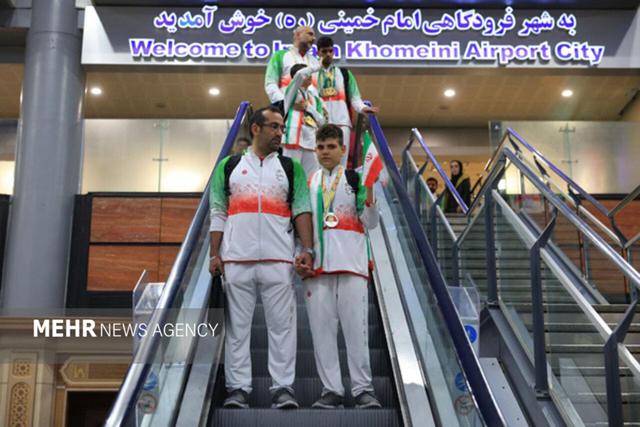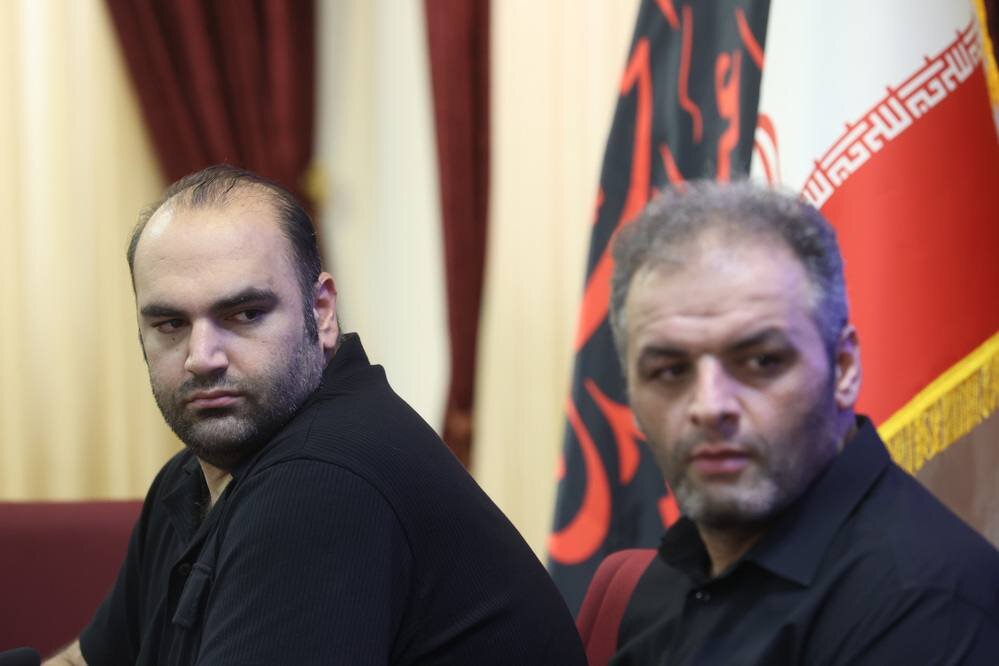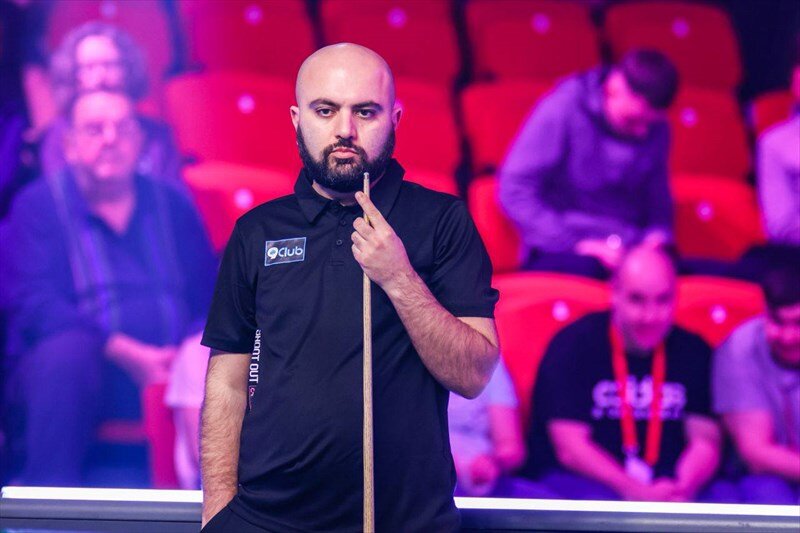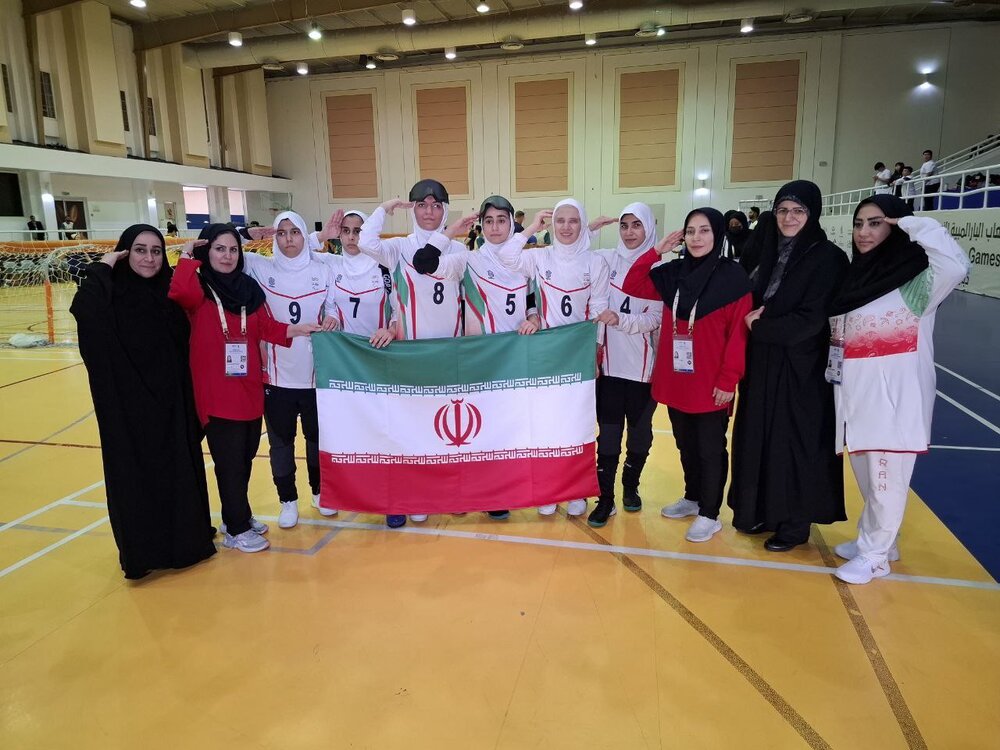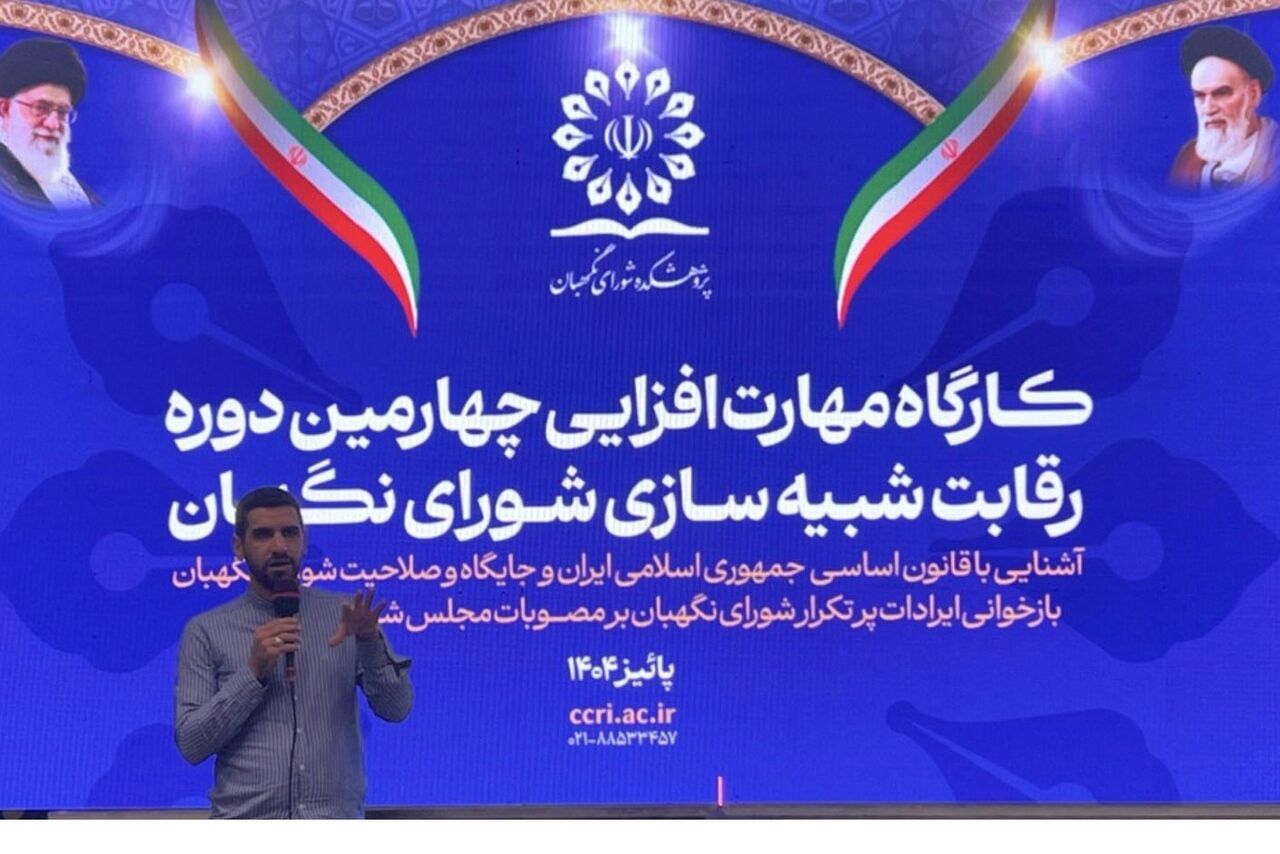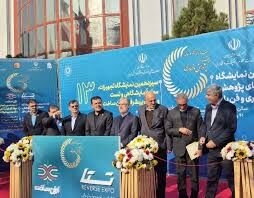How Israel is laying the groundwork for ethnic cleansing in southern Lebanon
How Israel is laying the groundwork for ethnic cleansing in southern Lebanon

Last autumn, Israel launched a brutal and bloody war on Lebanon, with devastating consequences. After fighting broke out on 8 October 2023, and up until a cessation-of-hostilities agreement was signed on 27 November 2024, Israeli attacks killed more than 4,000 people, including more than 300 children, and injured nearly 17,000.
Following Israel’s full-scale escalation in September 2024, more than one million people were displaced. Israel’s terror tactics ranged from the indiscriminate detonation of hand-held pagers in public spaces, to aerial carpet bombing of residential neighbourhoods, to wholesale assassinations of Hezbollah’s top political and military brass, to a ground invasion that left a trail of death and destruction.
Since the ceasefire agreement, Israel’s war has continued by other means. Despite Hezbollah’s cessation of all military operations, Israeli drone surveillance and attacks, as well as occasional artillery shelling and air raids, are a near-daily occurrence.
Israeli forces still occupy several hilltops inside Lebanese territory that straddle the entire width of the border. Expansion and fortification of these bases are underway.
Media coverage and political analysis of the postwar period have largely centred on one of Israel’s declared goals: the disarming of Hezbollah. In Lebanon, political forces allied with the US and Gulf states within Washington’s orbit have turned this demand into their do-or-die mandate.
Championed by the vociferous prime minister, Nawaf Salam, and a more calculating president, Joseph Aoun, the disarming of Hezbollah is framed as an indispensable step to restore Lebanese sovereignty - and a prerequisite for any economic recovery, including much-needed postwar reconstruction.
Domestic haggling over the fate of Hezbollah’s arms in relation to state sovereignty overshadows the long-term and regional dimensions of Israel’s war on Lebanon in a post-7-October reality. Israel’s pursuit of unchecked regional military supremacy - and its corollary, the establishment of Greater Israel - has meant a new reality in southern Lebanon which, if unchecked, may amount to ethnic cleansing.
Current facts on the ground point in that direction, and are in line with longstanding Zionist colonial ambitions and policies dating back more than a century.
Depopulating villages
Recent reports by international humanitarian groups and human rights agencies have exposed the extent of the systematic and wanton destruction that Israel’s military has inflicted on southern Lebanon’s frontier region since last year’s escalation began. The reports point to worrying trends of forced displacement and dispossession, which are hard to justify from a purely military point of view.
According to Doctors Without Borders, frequent Israeli attacks since the November agreement have prevented the return of more than 82,000 displaced residents.
Many of the hospitals and primary care facilities that were damaged by Israeli attacks during the war remain closed, and some require rehabilitation. At least 57 people have been killed while trying to return to their homes. Israel has officially declared that anyone who moves south of a line roughly parallel to the border, running between three and 11 kilometres deep, “puts himself in danger”.
The invocation of religious sites as justification for colonial conquest is an old and debunked Zionist trope. Now Israel is reviving it in Lebanon
Satellite imagery and media footage analysed by Amnesty International reveals that between 1 October 2024 and 26 January 2025, Israel destroyed more than 10,000 structures, including places of worship, agricultural land and even a football field. In several municipalities, the damage was near-total, affecting 70 percent of all structures.
Most of these sites were attacked after, not before, the end of active combat, with manually laid explosives and bulldozers.
Amnesty found no evidence of the presence of Hezbollah fighters at the time of detonation. Instead, video evidence shows Israelis revelling in the destruction, and reciting hateful slogans like “may your village burn”. This behaviour is similar to footage that has emerged from Gaza, and is often associated with genocidal intent or desires of ethnic cleansing.
Fears of the ethnic cleansing of southern Lebanon are not merely founded on present realities and future risks, but on past legacies, including the tragic story of the “seven lost villages”.
In 1923, the Anglo-French agreement that demarcated the borders between the newly created Greater Lebanon and Mandatory Palestine reassigned seven villages that were originally considered Lebanese to the British mandate. For centuries, these villages, like others straddling modern-day southern Lebanon and occupied northern Palestine, had existed as part of an undivided Ottoman realm.
In 1948, the seven villages shared the fate of other Palestinian villages: they were ethnically cleansed by Zionist militias, their names replaced by those of Jewish settlements, and most of their inhabitants expelled into Lebanon. Many of the survivors and their descendants were deprived of their Lebanese papers and unrecognised as Palestinian refugees. They continue to live in legal limbo.
Colonising southern Lebanon
Zionist ethnic cleansing in the southern Lebanese region of Jabal Amel would have been much more extensive were it not for the imperialist rivalries of the post-World War One period.
For the early Zionists, settling Palestine meant settling the largest possible territory that vaguely overlapped with their biblical vision of the holy land.
Maps presented by the World Zionist Organization to the Paris Conference clearly show that Zionists sought to include in their territory southern Lebanon, including the Litani River and up to the coastal city of Saida - an estimated 60km from the current border.
Zionists, like all European settlers, were also keen to secure the most fertile land and fresh water sources. Eastern boundaries of the proposed map included large swathes of Syrian and Jordanian territory that fully engulfed Lake Tiberias and the Jordan River. French counter-proposals forced the Zionists to confine their activities after WWI to what is now referred to as historic Palestine.
Initial ambitions to colonise southern Lebanon were shelved but never extinguished. During this latest war, Michael Freund, who previously served as Israeli Prime Minister Benjamin Netanyahu’s deputy communications director, claimed that “historically speaking, southern Lebanon is in fact northern Israel”. He cited the Book of Joshua as mentioning “Sidon explicitly as being promised to the Jewish people”. Freund also listed several shrines in the south as Jewish and evidence of the right to the land.
The invocation of religious sites as justification for colonial conquest is an old and debunked Zionist trope. Freund was not alone in reviving it. One of Israel’s pseudo-archaeologists, Zeev Erlich, was embedded in the Israeli army during the recent invasion of Lebanon. Israeli troops burned and destroyed parts of the shrine. Before withdrawing, they demolished the surrounding historic buildings of the village’s old quarter, the very place they claimed as theirs.
Israel has reportedly insisted that several border villages remain depopulated as part of a buffer zone.
Resistance and return
Despite Israel’s scorched-earth policy and the Lebanese government’s complicity in refusing to finance reconstruction in the south, the people of Jabal Amel have shown tremendous determination to resist.
In January 2025, thousands of Lebanese defied Israeli orders not to return to their villages. They marched back and entered their villages, with more than a dozen people killed by Israeli fire. Since then, numerous initiatives have been launched to set up makeshift schools, rebuild village squares and houses of worship, and resuscitate agricultural production.
A return to normalcy, however, is still far off. Without security and the restoration of some military deterrence, the threat of long-term displacement is rising.
Almost one year after Hezbollah’s guns fell silent, the Lebanese army has failed miserably to protect the people of the south. So long as the army is beholden to US influence and funding, it will never be equipped to stand up to Israel.
US envoy Tom Barrack said this much when he dismissed the possibility of providing weapons to the Lebanese armed forces that would enable them to fight Israel.
Washington’s most recent “security assistance package” for Lebanon, valued at a meagre $14m, reflects this policy. Materials listed include demolition charges, detonating cords, time-blasting fuse igniters, and other gadgets clearly designed, as the announcement explicitly states, to “dismantle weapons caches and military infrastructure of non-state groups, including [Hezbollah].”
If the status quo persists, it is likely that armed resistance will resume. Full liberation and peace in the south, however, will remain elusive until the liberation of Palestine. That is a historical reality - and a future certainty.
The views expressed in this article belong to the author and do not necessarily reflect the editorial policy of Middle East Eye.




